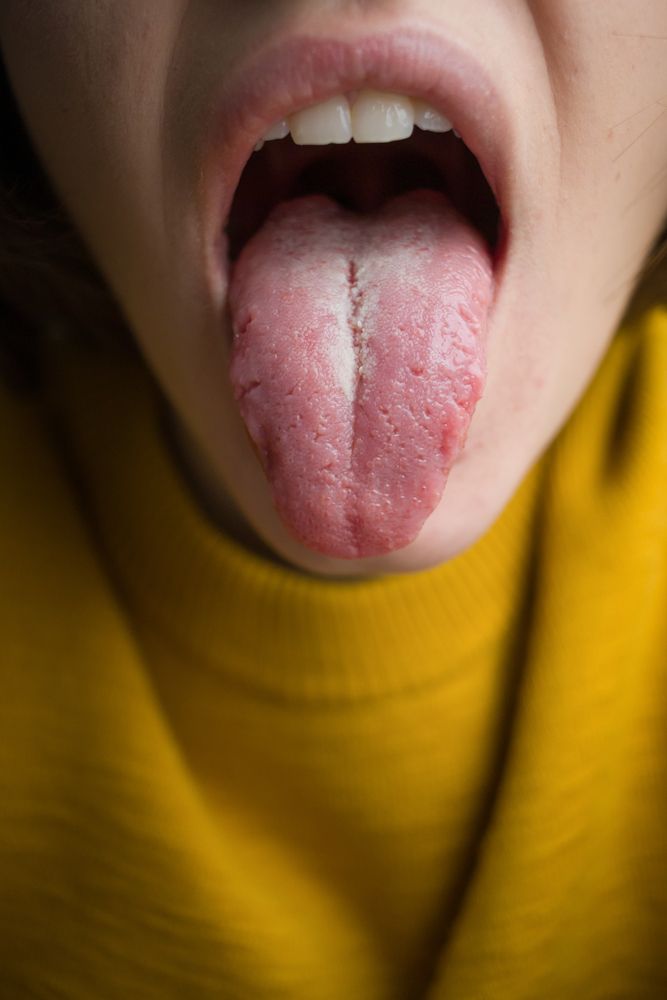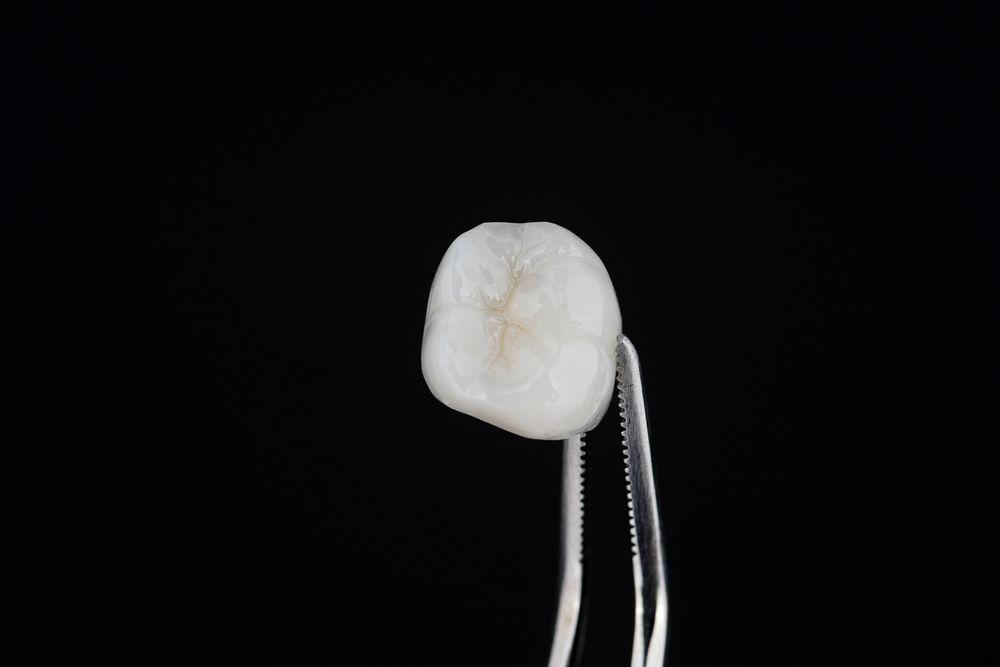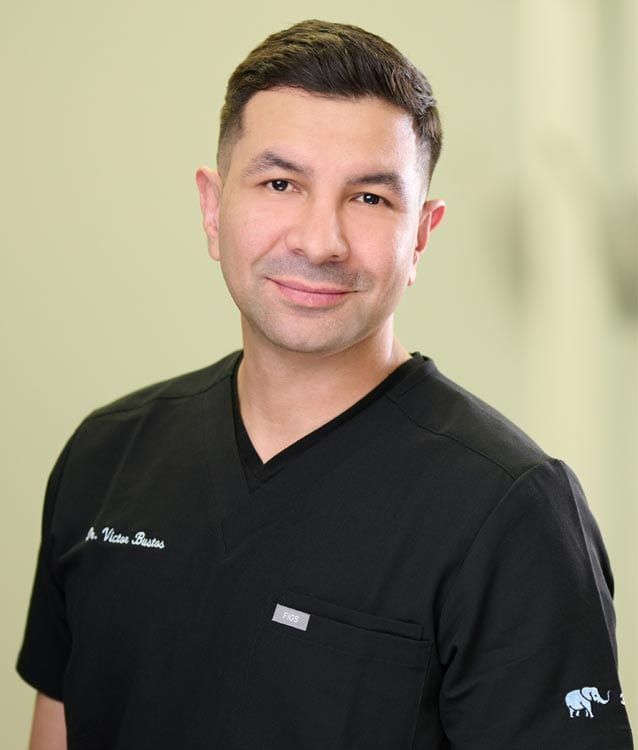Maintaining optimal oral hygiene is crucial for overall health, and flossing plays a key role in this routine. Traditional flossing has been a staple for years, but water flossing has gained popularity as a modern alternative. Both methods aim to remove plaque and food particles from between teeth, but which one is better? Let’s explore the benefits and drawbacks of each to help you decide.
Traditional Flossing

Traditional Flossing involves using a thin strand of dental floss to clean between the teeth and along the gumline. It manually removes plaque and food particles by scraping the sides of each tooth and reaching below the gumline.
Pros:
- Effective Plaque Removal: Traditional flossing is highly effective at removing plaque and debris from tight spaces between teeth and along the gumline.
- Cost-Effective: Dental floss is inexpensive and readily available, making it an accessible option for most people.
- Manual Control: Flossing manually allows you to control the pressure and direction, ensuring thorough cleaning of each tooth.
Cons:
- Technique-Sensitive: Proper flossing requires good technique. Incorrect use can lead to gum damage or ineffective cleaning.
- Time-Consuming: Flossing each tooth individually can be time-consuming, which may discourage some people from doing it regularly.
- Difficult for Some: People with braces, dental work, or limited dexterity may find traditional flossing challenging.
Water Flossing
Water Flossing uses a device that directs a steady stream of water between the teeth and gums. This water jet helps to dislodge food particles and plaque, providing a gentle massage to the gums.
Pros:
- Ease of Use: Water flossers are user-friendly and can be easier for people with braces, implants, or limited dexterity.
- Gentle on Gums: The gentle stream of water can be less irritating to gums compared to traditional floss, making it a good option for those with sensitive gums or periodontal issues.
- Comprehensive Cleaning: Water flossers can reach areas that traditional floss might miss, providing a more comprehensive clean, especially around dental work.
Cons:
- Cost: Water flossers are more expensive than traditional dental floss, both in initial purchase and maintenance.
- Space and Portability: Water flossers require more storage space and are less portable than a small container of dental floss.
- Learning Curve: Some users may need time to get used to the technique and to manage the water pressure effectively.
How The Options Compare
| Feature | Traditional Flossing | Water Flossing |
| Effectiveness | High for removing plaque when used correctly | Effective, especially in hard-to-reach areas |
| Ease of Use | Requires manual dexterity and proper technique | Easy to use, suitable for people with limited dexterity |
| Cost | Inexpensive, readily available | More expensive initial cost and maintenance |
| Portability | Highly portable, fits in small spaces | Requires more storage space, less portable |
| Gum Sensitivity | Can cause irritation if used improperly | Gentle on gums, suitable for sensitive gums |
| Suitability | Suitable for most users with good manual dexterity | Ideal for those with braces, implants, or dental work |
| Time Commitment | Can be time-consuming | Generally faster and more convenient |
| Learning Curve | Requires learning proper technique | Minimal learning curve, intuitive use |
By understanding these differences, you can choose the method that best fits your oral hygiene needs and lifestyle.
Which is Better?
The answer depends on individual preferences and specific dental needs:
- Traditional Flossing is highly effective for those who can master the technique and have the time to floss properly.
- Water Flossing may be better for individuals with braces, implants, or dexterity issues, and for those looking for a gentler, more convenient option.
Combining Both Methods
For optimal oral hygiene, consider combining both methods. Use traditional floss to remove plaque from tight spaces and a water flosser to rinse away debris and massage the gums. This combination can enhance your overall oral health and ensure a thorough clean.
Conclusion
Both water flossing and traditional flossing have their unique advantages. The best choice depends on your specific needs, dental conditions, and lifestyle. Consult with your dentist to determine the most suitable flossing method for you and to ensure you’re maintaining the best possible oral hygiene routine.






